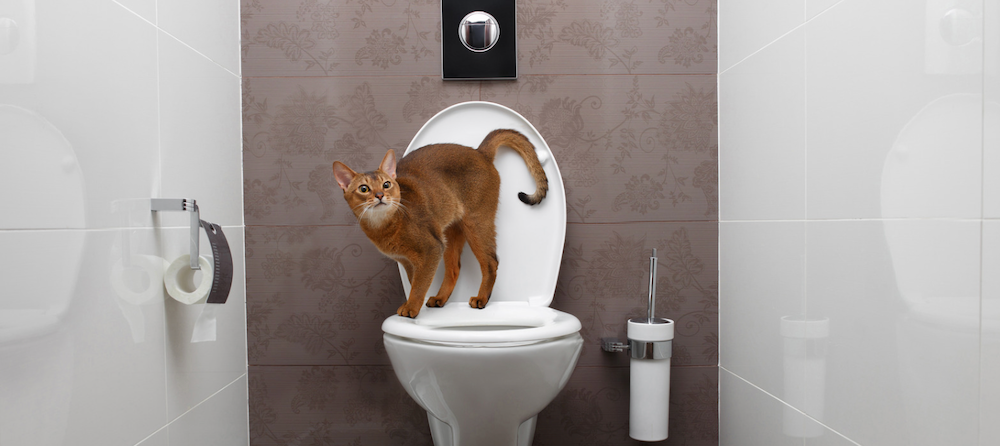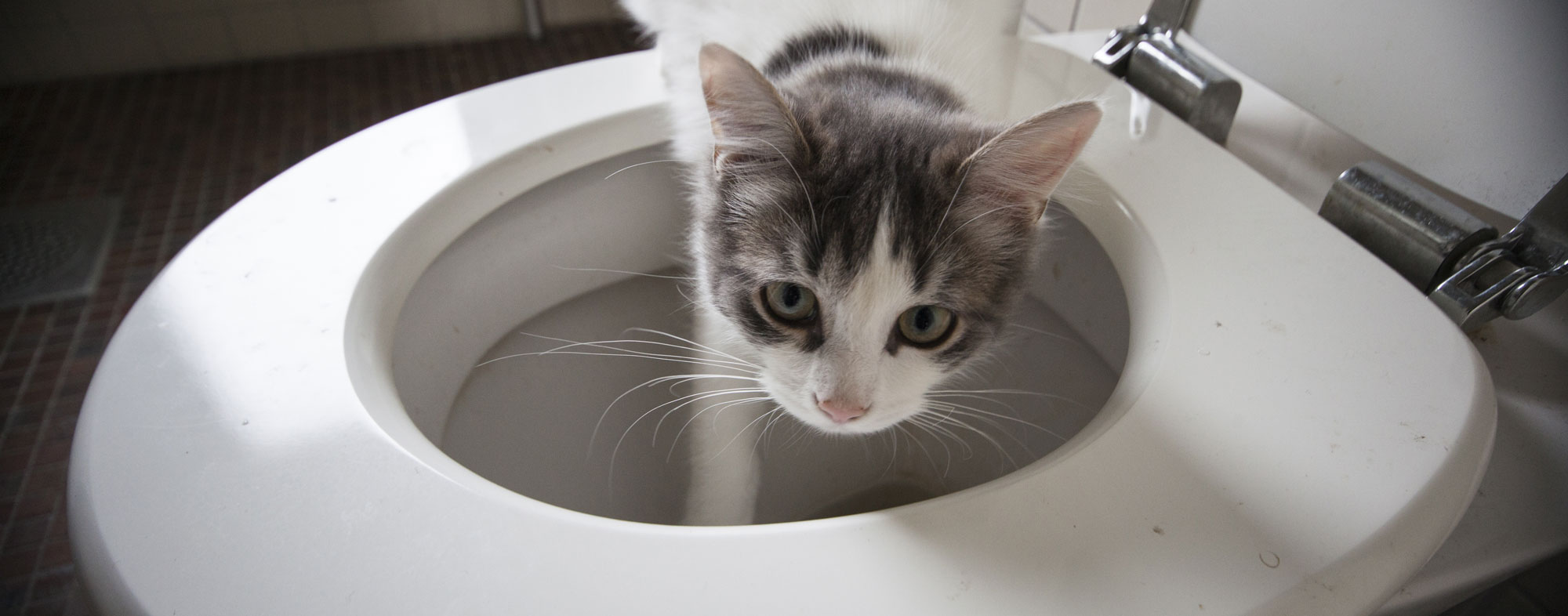Dangers of Flushing Cat Poop Down Your Toilet - Prevent Possible Issues
Dangers of Flushing Cat Poop Down Your Toilet - Prevent Possible Issues
Blog Article
Right here down the page you might get a good deal of really good details pertaining to Can You Flush Cat Poo or Litter Down the Toilet?.

Intro
As cat proprietors, it's vital to be mindful of how we deal with our feline pals' waste. While it might appear practical to flush feline poop down the toilet, this method can have harmful consequences for both the atmosphere and human health.
Ecological Impact
Purging pet cat poop introduces damaging pathogens and parasites right into the supply of water, posturing a considerable risk to marine ecosystems. These contaminants can adversely impact marine life and compromise water high quality.
Health Risks
In addition to environmental issues, flushing cat waste can also present wellness threats to humans. Cat feces might include Toxoplasma gondii, a parasite that can create toxoplasmosis-- a possibly severe disease, specifically for pregnant females and people with weakened immune systems.
Alternatives to Flushing
Luckily, there are more secure and much more liable means to deal with pet cat poop. Consider the complying with choices:
1. Scoop and Dispose in Trash
One of the most common approach of dealing with cat poop is to scoop it into an eco-friendly bag and throw it in the garbage. Make sure to utilize a dedicated litter inside story and throw away the waste immediately.
2. Use Biodegradable Litter
Choose naturally degradable cat trash made from products such as corn or wheat. These litters are environmentally friendly and can be safely thrown away in the trash.
3. Bury in the Yard
If you have a backyard, think about burying pet cat waste in a designated area far from vegetable gardens and water resources. Make sure to dig deep enough to prevent contamination of groundwater.
4. Mount a Pet Waste Disposal System
Purchase a pet waste disposal system specifically designed for feline waste. These systems make use of enzymes to break down the waste, lowering smell and environmental effect.
Conclusion
Accountable pet dog possession extends beyond providing food and shelter-- it also involves appropriate waste management. By avoiding purging feline poop down the bathroom and opting for alternate disposal techniques, we can reduce our ecological footprint and secure human health and wellness.
Why Can’t I Flush Cat Poop?
It Spreads a Parasite
Cats are frequently infected with a parasite called toxoplasma gondii. The parasite causes an infection called toxoplasmosis. It is usually harmless to cats. The parasite only uses cat poop as a host for its eggs. Otherwise, the cat’s immune system usually keeps the infection at low enough levels to maintain its own health. But it does not stop the develop of eggs. These eggs are tiny and surprisingly tough. They may survive for a year before they begin to grow. But that’s the problem.
Our wastewater system is not designed to deal with toxoplasmosis eggs. Instead, most eggs will flush from your toilet into sewers and wastewater management plants. After the sewage is treated for many other harmful things in it, it is typically released into local rivers, lakes, or oceans. Here, the toxoplasmosis eggs can find new hosts, including starfish, crabs, otters, and many other wildlife. For many, this is a significant risk to their health. Toxoplasmosis can also end up infecting water sources that are important for agriculture, which means our deer, pigs, and sheep can get infected too.
Is There Risk to Humans?
There can be a risk to human life from flushing cat poop down the toilet. If you do so, the parasites from your cat’s poop can end up in shellfish, game animals, or livestock. If this meat is then served raw or undercooked, the people who eat it can get sick.
In fact, according to the CDC, 40 million people in the United States are infected with toxoplasma gondii. They get it from exposure to infected seafood, or from some kind of cat poop contamination, like drinking from a stream that is contaminated or touching anything that has come into contact with cat poop. That includes just cleaning a cat litter box.
Most people who get infected with these parasites will not develop any symptoms. However, for pregnant women or for those with compromised immune systems, the parasite can cause severe health problems.
How to Handle Cat Poop
The best way to handle cat poop is actually to clean the box more often. The eggs that the parasite sheds will not become active until one to five days after the cat poops. That means that if you clean daily, you’re much less likely to come into direct contact with infectious eggs.
That said, always dispose of cat poop in the garbage and not down the toilet. Wash your hands before and after you clean the litter box, and bring the bag of poop right outside to your garbage bins.
https://trenchlesssolutionsusa.com/why-cant-i-flush-cat-poop/

We were introduced to that write-up on How to Dispose of Cat Poop and Litter Without Plastic Bags through someone on another web property. Please take the opportunity to distribute this blog entry if you enjoyed reading it. Kudos for your time. Kindly pay a visit to our blog back soon.
Call Today Report this page